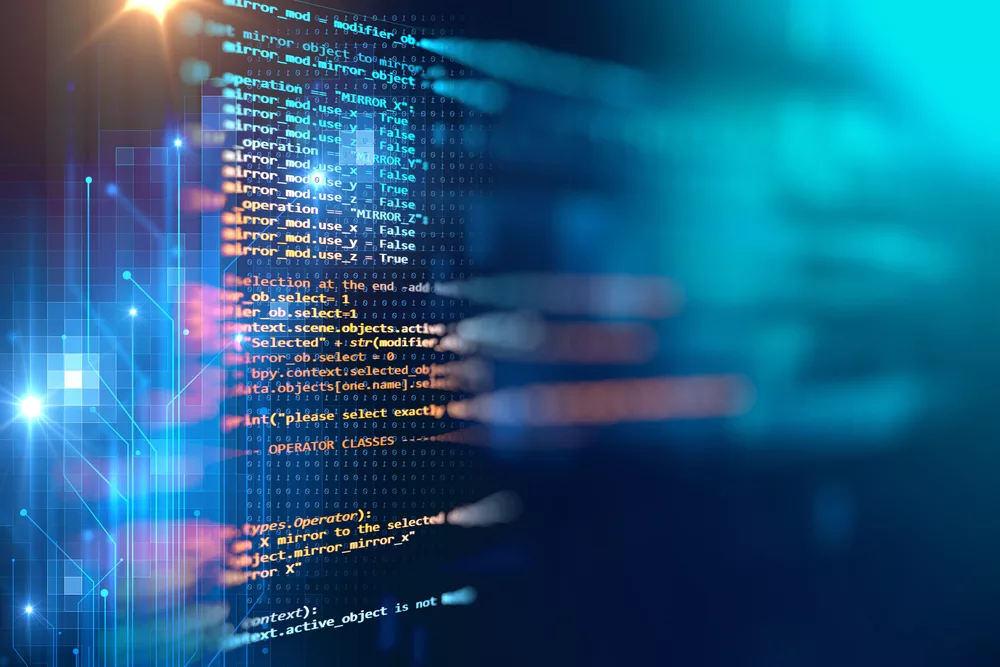Are you tired of the traditional software development process that takes weeks or even months to deploy a new feature? Do you want to learn about an efficient and effective way to streamline your development and deployment processes? Look no further than Continuous Integration and Continuous Deployment (CICD). In this blog post, we’ll define what CICD is, explore its benefits and drawbacks, and explain how it can revolutionize your workflow. So buckle up for an informative ride!
Definition of Continuous Integration and Continuous Deployment
Continuous Integration (CI) and Continuous Deployment (CD) are two essential concepts in software development that involve a series of automated steps to deliver new features to users. CI is the process of automatically building, testing and validating code changes as soon as they are made by developers. This helps identify errors early on in the development cycle and prevents issues from being carried forward into production.
On the other hand, CD refers to automatically deploying validated code changes to production environments. With CD, developers can push new features or bug fixes directly to users without waiting for lengthy manual testing processes. The combination of these two practices ensures a faster and more efficient workflow from development through deployment.
In essence, CICD enables agile development methodologies by automating key tasks in the software delivery pipeline. The ultimate goal is to deliver high-quality software products rapidly while reducing costs and enhancing collaboration between different teams involved in the development process.
What is Continuous Integration?
Continuous Integration (CI) is a software development practice that involves frequently integrating code changes into a central repository to ensure that the application remains functional and bug-free. This process automates the build, test, and deployment of the software application. It aims to catch integration errors early in the development cycle, allowing developers to address them quickly.
With CI, whenever a developer commits new code changes or updates an existing feature branch, it triggers an automated build process where all tests are run against this new piece of code. This ensures that any issues or conflicts between different parts of the system are identified and resolved before they become bigger problems.
Continuous Integration reduces the likelihood of bugs in production releases because it catches issues earlier during testing phases. Additionally, Continuous Integration helps foster collaboration among team members by providing visibility into recent changes made by other developers on the team.
Implementing Continuous Integration practices leads to more efficient workflows for development teams while also ensuring better quality software products for end-users.
How Does Continuous Integration Help in the Development Process?
Continuous Integration (CI) is a fundamental aspect of the modern-day software development process. It involves automating the integration of code changes from multiple developers into one central repository. This practice ensures that all team members’ work is integrated regularly. It allows for early detection and resolution of conflicts or issues.
By implementing CI in their workflow, development teams can reduce the time and effort required to resolve integration issues significantly. During this stage, we also employ automated testing tools. It allows for faster identification and resolution of bugs before they escalate into major problems.
Moreover, continuous integration provides a shared platform. It promotes collaboration among team members by allowing easy tracking and monitoring of everyone’s contributions. This transparency also helps improve accountability since it reduces instances where someone might try to blame others when things go wrong.
Continuous Integration provides significant benefits in terms of speed, quality control, collaboration and teamwork within the Development Process. When software development teams adopt this methodology into their workflow practices, they can streamline workflows through automation and ensure they deliver high-quality products on time with minimal errors or defects.
How Does Continuous Deployment Help in Production?
Continuous Deployment (CD) is an extension of Continuous Integration. It involves deploying the changes to production automatically, with little or no manual intervention required. This process ensures that the code change reaches users as soon as possible.
By automating deployment, CD reduces human error and speeds up time-to-market. When a developer commits code to version control, it triggers a series of automated tests and builds processes that ensure quality before it’s deployed to production.
Automated testing also guarantees that there are no bugs or issues in the final product. In addition, continuous deployment encourages developers to focus on releasing small incremental changes instead of large releases. This approach provides teams with faster feedback loops which support rapid development cycles.
CD supports Agile methodologies by allowing businesses to respond quickly to market demands and changing user requirements. By continuously delivering new features and fixes through automation, continuous deployment enables companies to stay ahead of their competitors while providing customers with an exceptional experience all the time without downtime during software updates – making it ideal for mission-critical applications such as e-commerce sites or financial services platforms where any downtime could result in lost revenue or reputation damage.
Disadvantages of Continuous Integration and Deployment
While there are many advantages to continuous integration and deployment, it is important also to consider the potential disadvantages.
One of the main drawbacks of CI/CD is that it requires a significant upfront investment in infrastructure and tooling. This can be expensive for small teams or startups with limited resources.
Another potential issue with CI/CD is that it may require developers to spend more time maintaining and troubleshooting their build pipelines instead of focusing on actual development work. This can lead to frustration and burnout among team members.
Additionally, since CI/CD heavily relies on automation, automated tests or checks might not catch some errors or bugs. This oversight could lead to deploying issues to production without proper validation.
Some organizations may struggle with implementing a culture of collaboration and communication necessary for successful CI/CD adoption. Without buy-in from all stakeholders, including management, development teams, QA testers, and operations personnel – the benefits of continuous integration and deployment will be hard to achieve.
Indeed, using Continuous Integration & Deployment (CI/CD) has some disadvantages, but careful planning and tailored implementation strategies can largely mitigate them for each organization’s unique needs.





